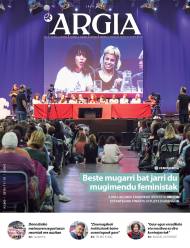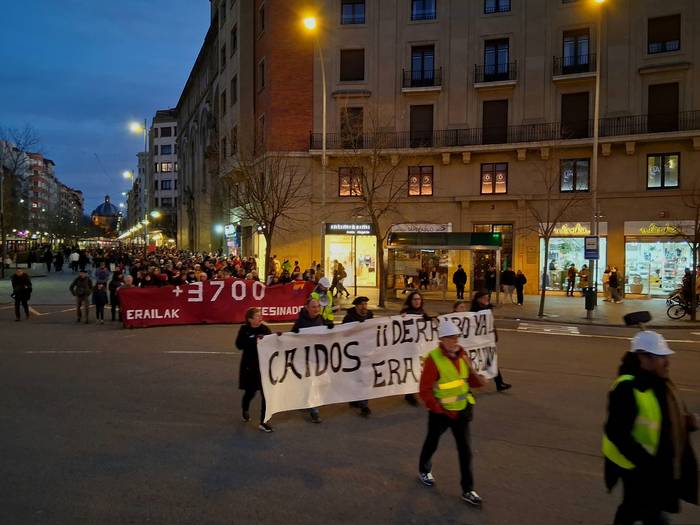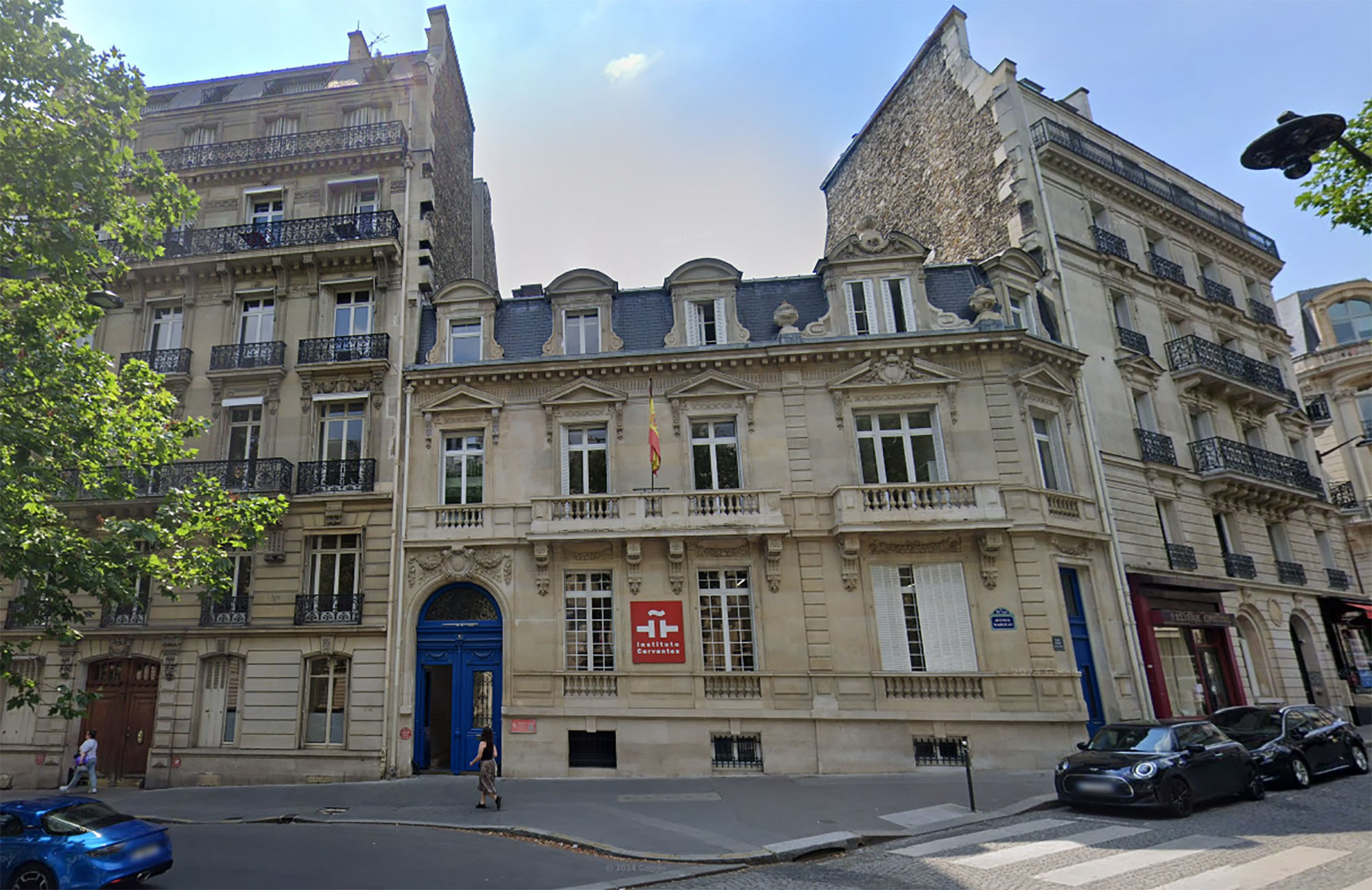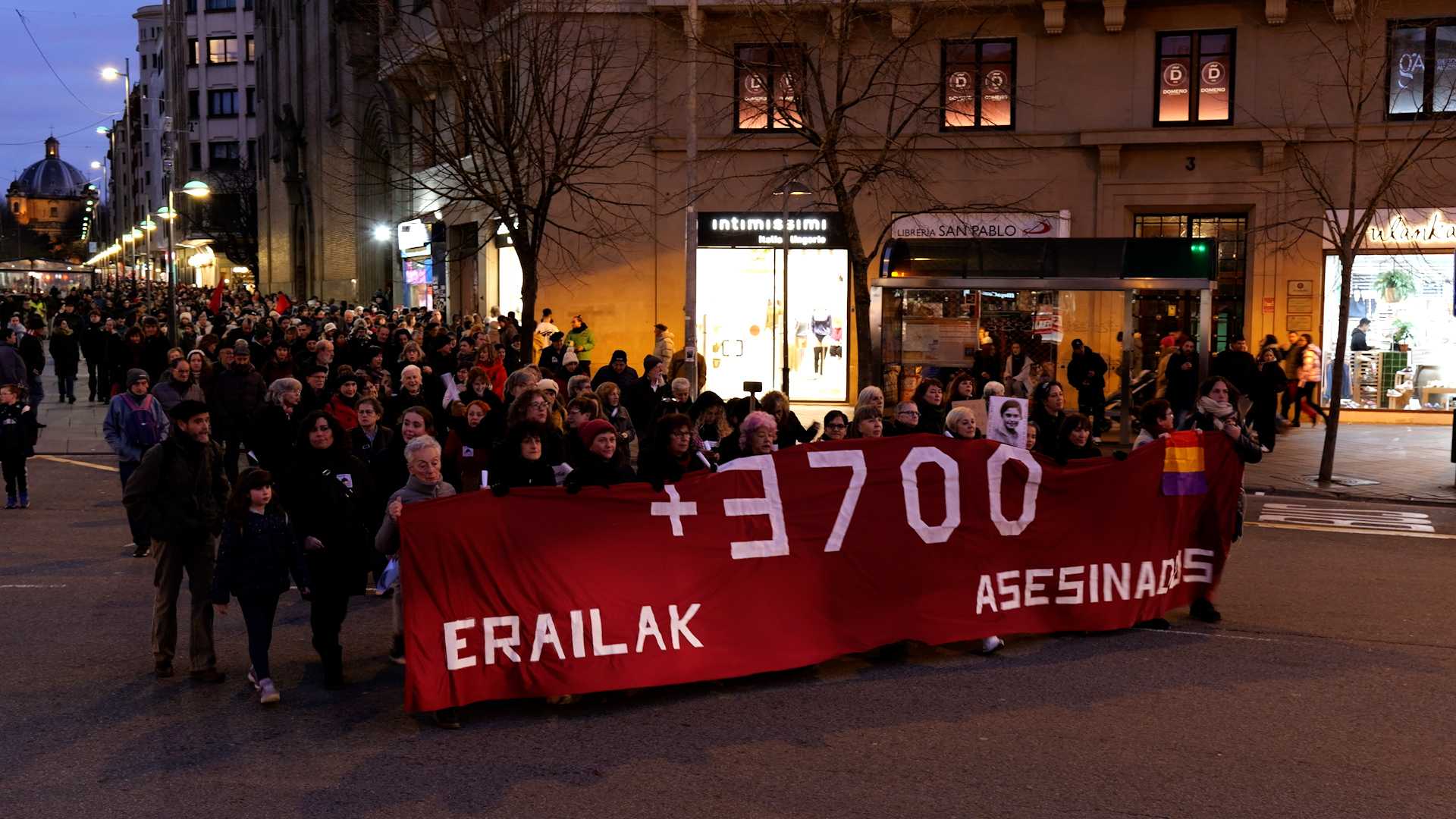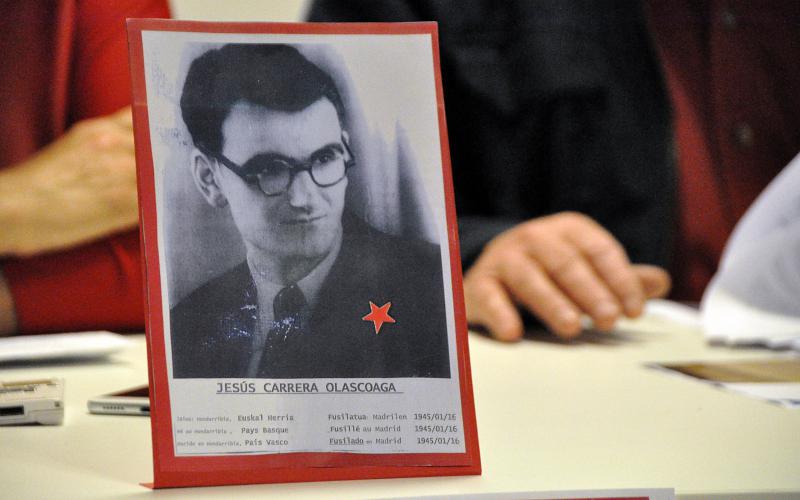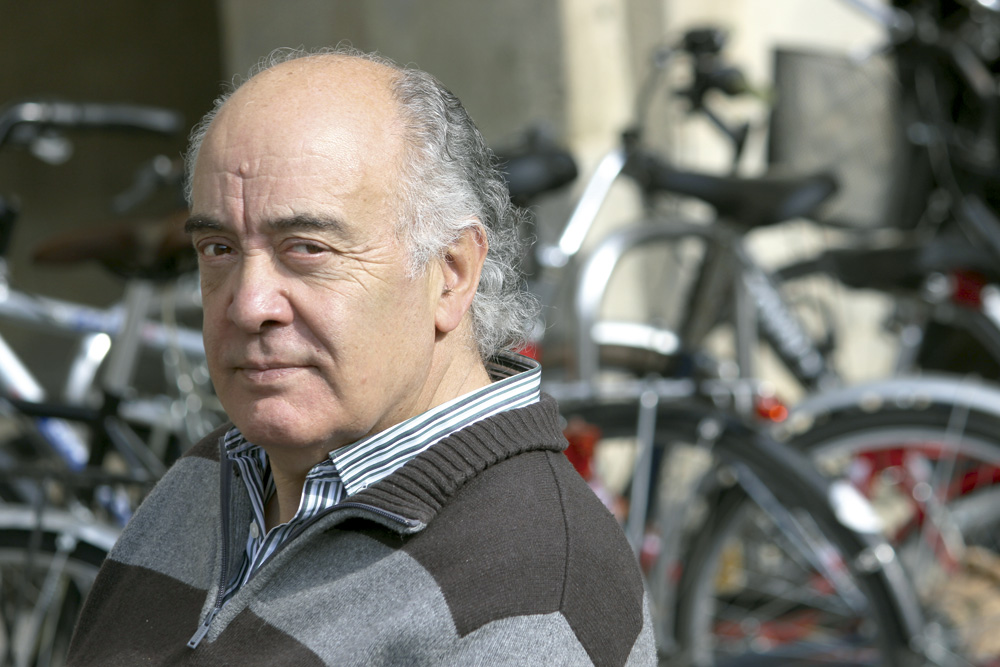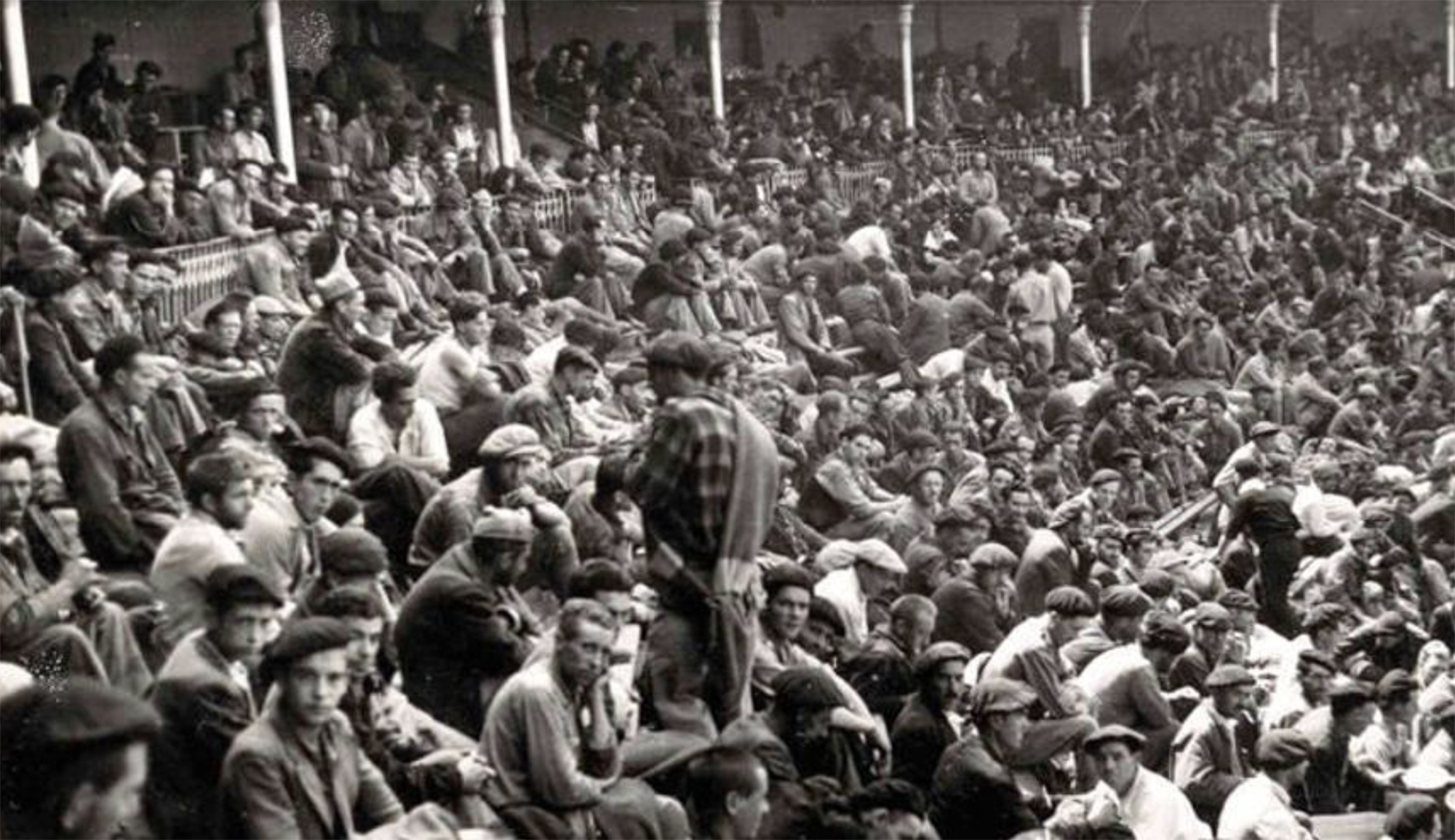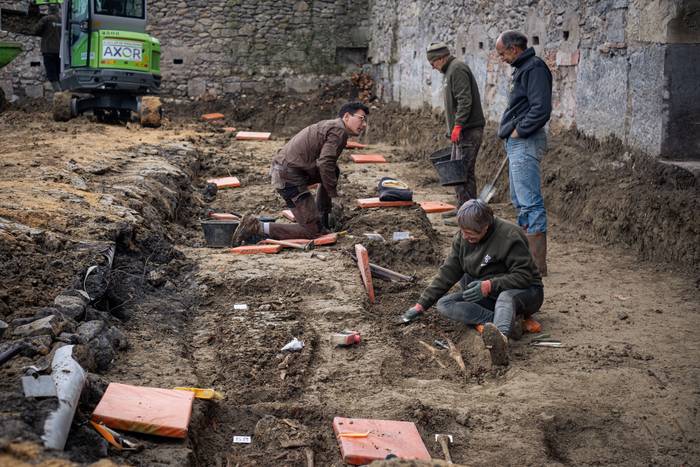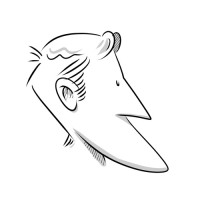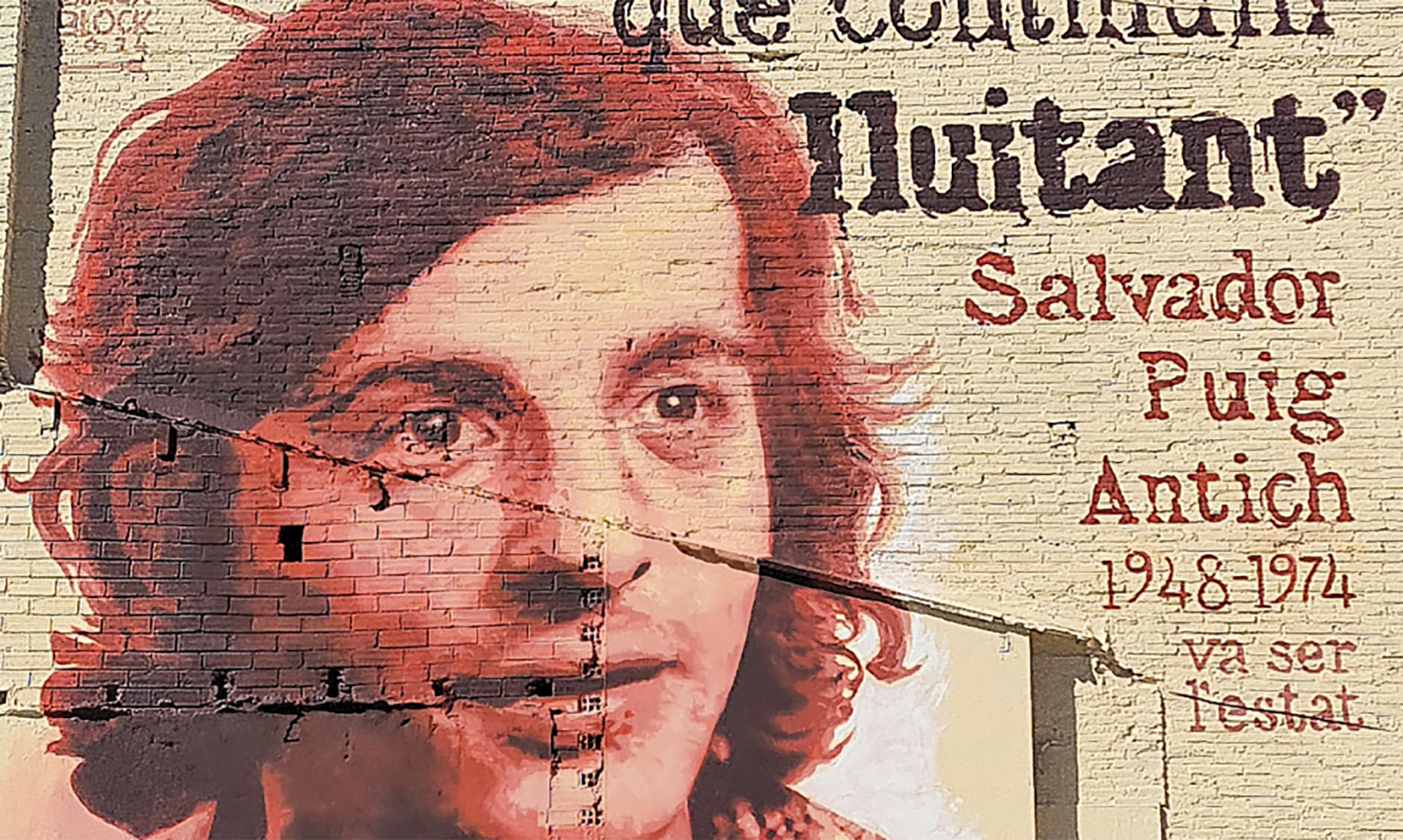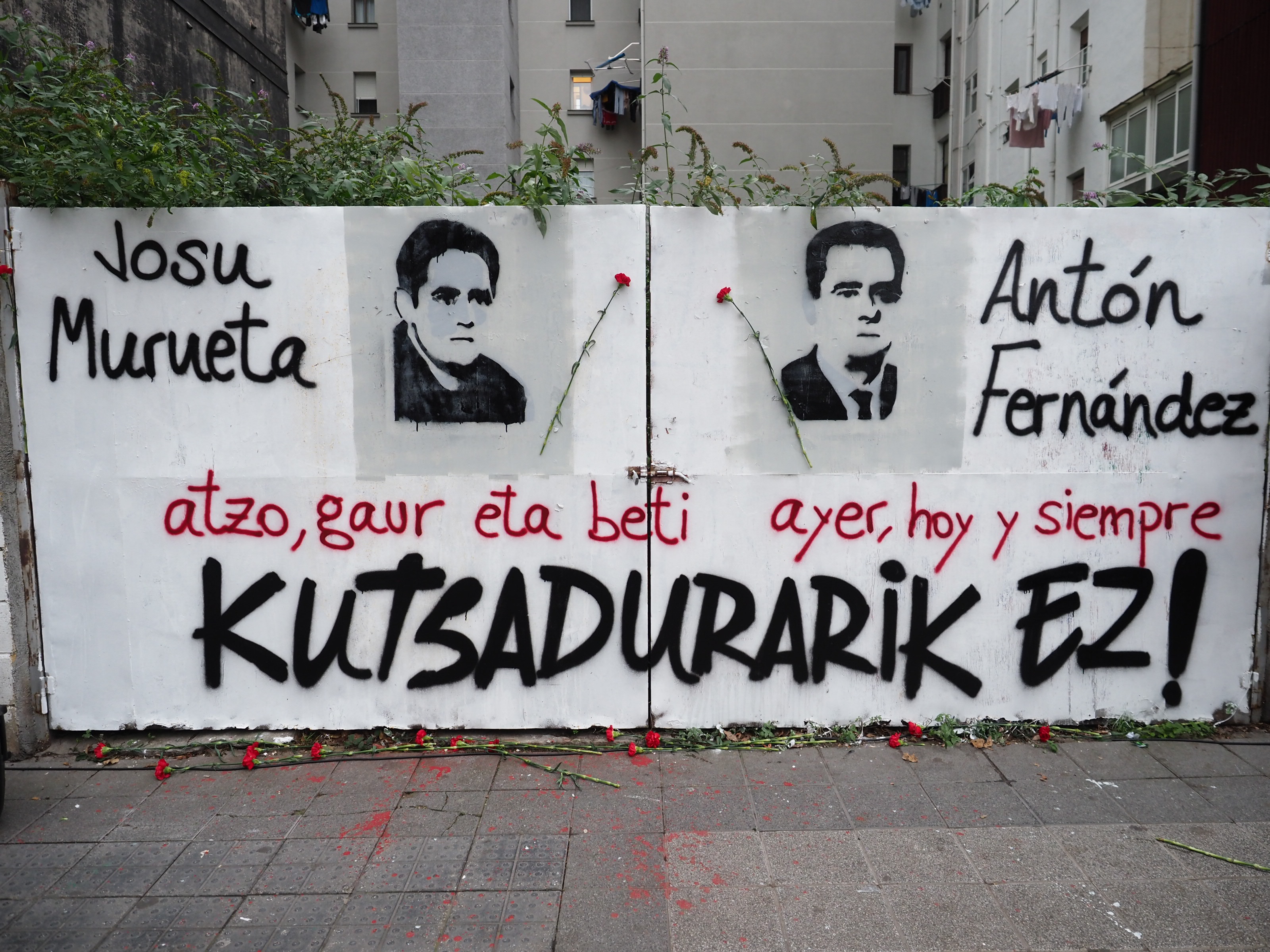And classes on the ID card
- Although several identification documents were previously used, the official Spanish ID began to be distributed in 1951, the first number “adapted” to Francisco Franco himself and the ID No. 10 remains in the hands of Juan Carlos de Borbón.

On the right side of both documents, under the Francoist shield, he put “1a”, but in most cases he occupied that space number 2, 3 or 4. In fact, Franco's identity documents divided citizens into economic categories. The front-line citizens, the wealthiest, paid 25 pesetas for the receipt.
Those of the second category – including the owner of the photographic document – had to pay 10 pesetas, while those of the third category had to pay 5 pesetas. The poorest didn't have to pay to get the number 4 of exclusionary paper.
Pamplona, 1939. At the beginning of the year, the bullring in the city was used as a concentration camp by the Francoists. It was officially capable of 3,000 prisoners of war, at a time when there was no front in Navarre, so those locked up there should be regarded as prisoners... [+]
This text comes two years later, but the calamities of drunks are like this. A surprising surprise happened in San Fermín Txikito: I met Maite Ciganda Azcarate, an art restorer and friend of a friend. That night he told me that he had been arranging two figures that could be... [+]









